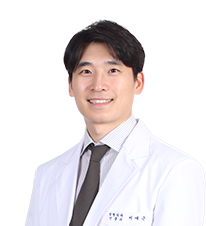Description
Background: High grade posterior cruciate ligament (PCL) injuries are often accompanied by combined ligament injuries. However, high grade PCL injuries without combined injuries also requires some investigation.
Purpose: The purpose of this study was to investigate the presence and prevalence of isolated PCL ruptures with a side-to-side difference (STSD) >12 mm and to compare the clinical outcomes of PCL reconstruction with combined PCL and PLC reconstruction for such patients.
Methods: 448 patients with PCL injury between 2008 and 2020 were retrospectively reviewed. Patients who showed a (STSD) >12 mm without the evidence of other ligaments were included in the study. Posterior and varus stress radiographs as well as clinical scores (Lysholm, Tegner, IKDC subjective scores) were obtained preoperative and at the final follow-up. Patients were livened into two groups depending on the surgery they received. Group I received arthroscopic PCL reconstruction. Group II received anatomical PCL and PLC reconstruction.
Results: Among the 448 patients, 254 patients (56.7%) were identified as having an isolated PCL injury. Among the 254 patients with an isolated PCL injury, 60 patients (23.6%) showed an STSD >12 mm. Of these 30 patients (Group I = 17 patients; group II = 13 patients) were included. There were no significant differences between the two groups in terms of the postoperative clinical scores (Lysholm, Tegner, IKDC scores) and the STSD posterior and varus stress radiographs.
Conclusion: 23.6% of isolated PCL patients displayed a STSD >12 mm in posterior stress radiograph. Isolated PCL reconstruction yielded clinical outcomes comparable to those after a combined PCL and PLC reconstruction. High grade isolated PCL injuries with no evidence of PLC injury on the preoperative MRI can be considered for isolated PCL reconstruction.




